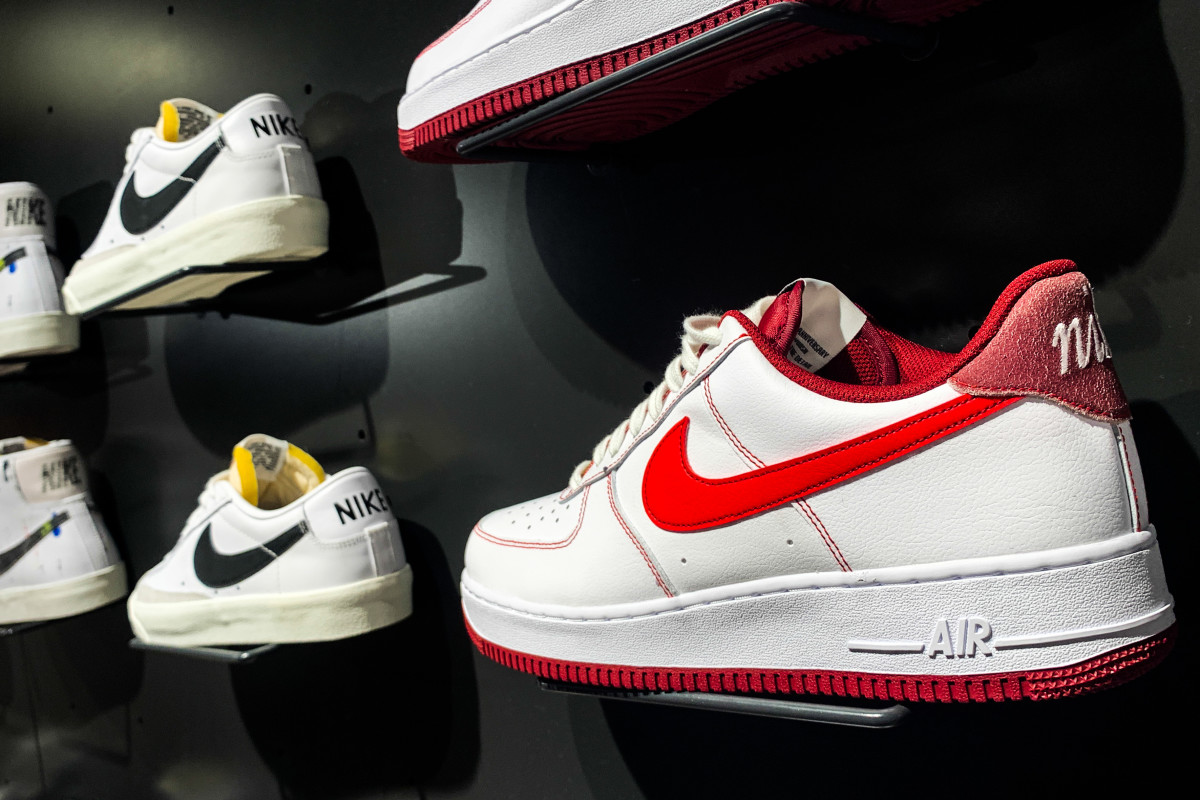
Buy what you know. That’s the concept popularized by legendary Fidelity Magellan Fund manager Peter Lynch in the 1980s and ’90s.
The idea is to consider buying stocks of companies whose products you know and like through experience. Of course you don’t want to actually purchase the stock until you’ve learned about the company’s finances.
But your first-hand knowledge of a company can give you a leg up for investing in it. Another advantage of buying stocks of companies whose products you use is that you’re now putting money back in your own pocket a bit when you buy them.
I purchased Nike (NKE) -) stock in 1997 because I liked their basketball and tennis shoes, I liked their tennis apparel, and I liked their ads. I didn’t learn a thing about their finances (shh, don’t tell my parents.)

From One Pocket to the Other
The stock has done pretty well. And every time I pay some of Nike’s exorbitant prices, I can console myself that I’m really taking money from one of my pockets and putting it in the other. Yes, I’m aware my Nike purchases don’t exactly move the needle on its finances.
I’m also aware that you don’t have to pay exorbitant prices for Nike product. So much of it goes on sale. If you’re into tennis, there are always some great deals for Nike shoes and apparel on Tennis Warehouse and other online retailers. For men, you can get great shoes for about $50 and shorts for about $35.
So I’m going to keep buying Nike products (even though their commercials aren’t very good anymore), and I’m going to keep hoping the stock goes up. I really view it as a fashion company now. The performance elements of athletic apparel and footwear seem commoditized between Nike, Adidas, Under Armour and others.
What differentiates the companies is the style of their products and marketing. Go Nike – just do it! And by the way, at a glance, from 30,000 feet, their finances look pretty good! To be sure, the stock may still be overpriced.







